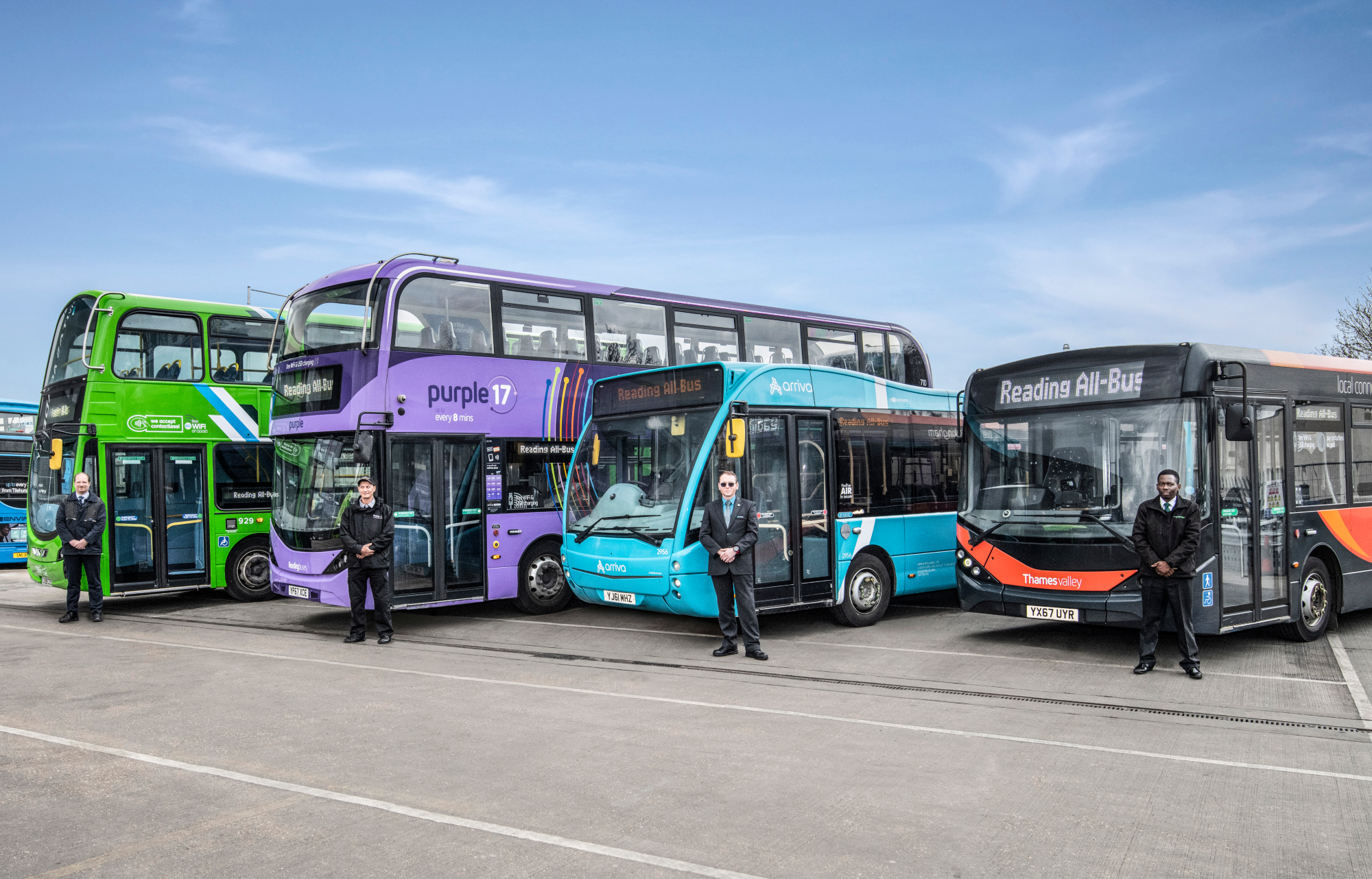
Reading Borough Council selects EPM Bus Solutions to administer and audit its new multi-operator ticketing scheme ensuring participating bus operators are compensated accurately – providing valuable experience in scheme management.
Reading Borough Council has been awarded funding for its Bus Service Improvement Plan (BSIP). Part of its plans to improve bus services across Reading is to introduce a multi-operator ticketing (MOT) scheme, the Reading All-Bus ticket, to allow passengers to seamlessly travel across several operators’ services using one ticket.

The scheme includes adult, young persons, and group tickets with two ticket types – peak and off-peak – and the council will be introducing a tap-on, tap-off day ticket this summer. These ticket prices are set at a lower level than a single operator’s own day tickets in order to generate demand and help with the current cost of living crisis and each operator will receive compensation from Reading Borough Council’s BSIP allocation for each ticket purchased on one of their buses or via their website.
To ensure all participating operators are reimbursed accurately and on time Reading Borough Council has appointed EPM to administer and audit the scheme. As administrators, EPM will periodically allocate the scheme revenue along with the compensation payments, ensuring the payments being made to participating operators are accurate and the BSIP funds allocated to this initiative are accounted for.
As part of their service, EPM will provide Reading Borough Council and the operators with patronage data from each of the scheme products. The data provided enables Reading Borough Council to track the performance of the scheme and identify trends, the data can also be used for BSIP reporting.
Bi-annual audits of operator submissions will also be conducted, this involves an in-depth interrogation of the data to ensure revenue and passenger data align and provides further assurance that all participants have been accurately reimbursed.
John Ennis, Lead Councillor for Climate Strategy and Transport at Reading Borough Council said: “We’re excited to be introducing the Reading All-Bus ticket to make travel simpler for the people of Reading. Keeping track of the scheme and ensuring operators are paid correctly, as well as complying with our own reporting requirements, can be a complex and time-intensive task.
“EPM has the dedicated resource and extensive skillset to seamlessly administer and audit the scheme. This will relieve some of the pressure off our transport team and gives us more time to focus on implementing our other bus improvement commitments.”
Jon Anton, Consulting Director at EPM said, “We’re delighted to be working with Reading Borough Council to administer their new multi-operator ticketing scheme. Our comprehensive knowledge of multi-operator ticketing schemes enables us to seamlessly implement processes and provide assurance to stakeholders that all bus operators participating are paid what they are owed.”
–END–
Ready to take your bus network to the next level?
Get in touch to build a tailored solution today










